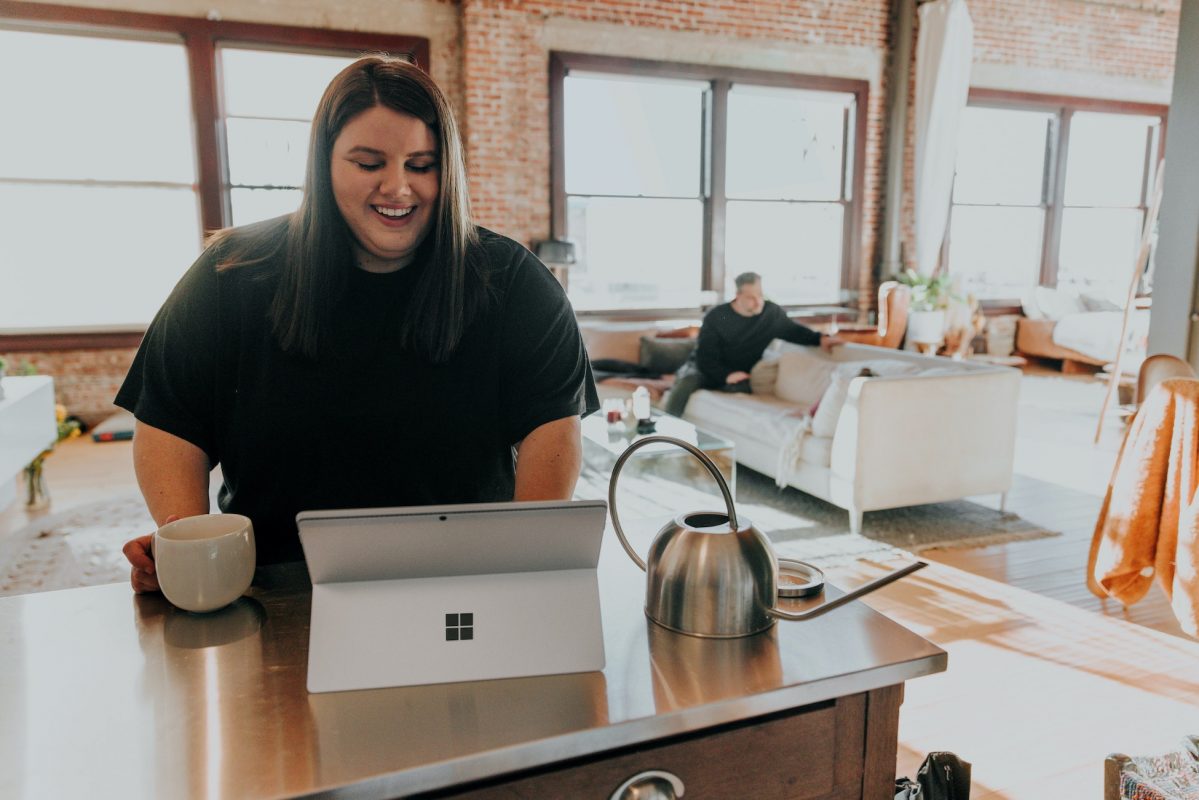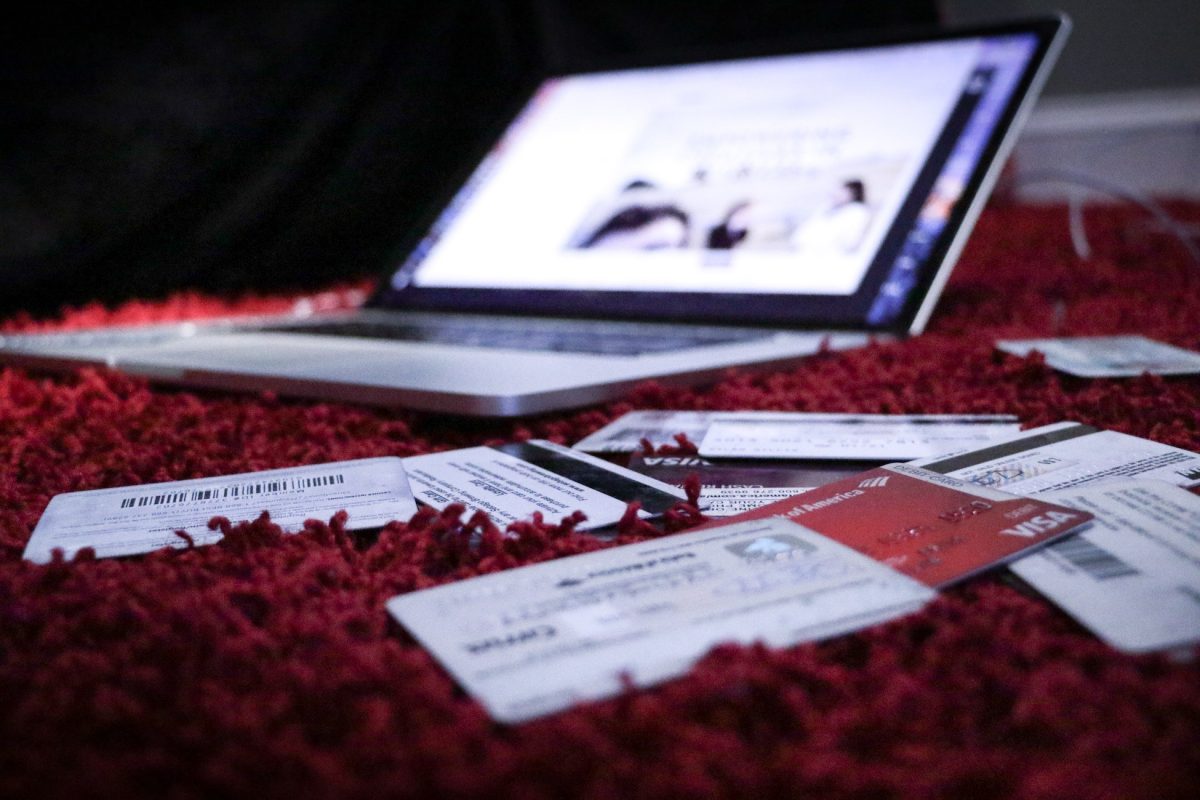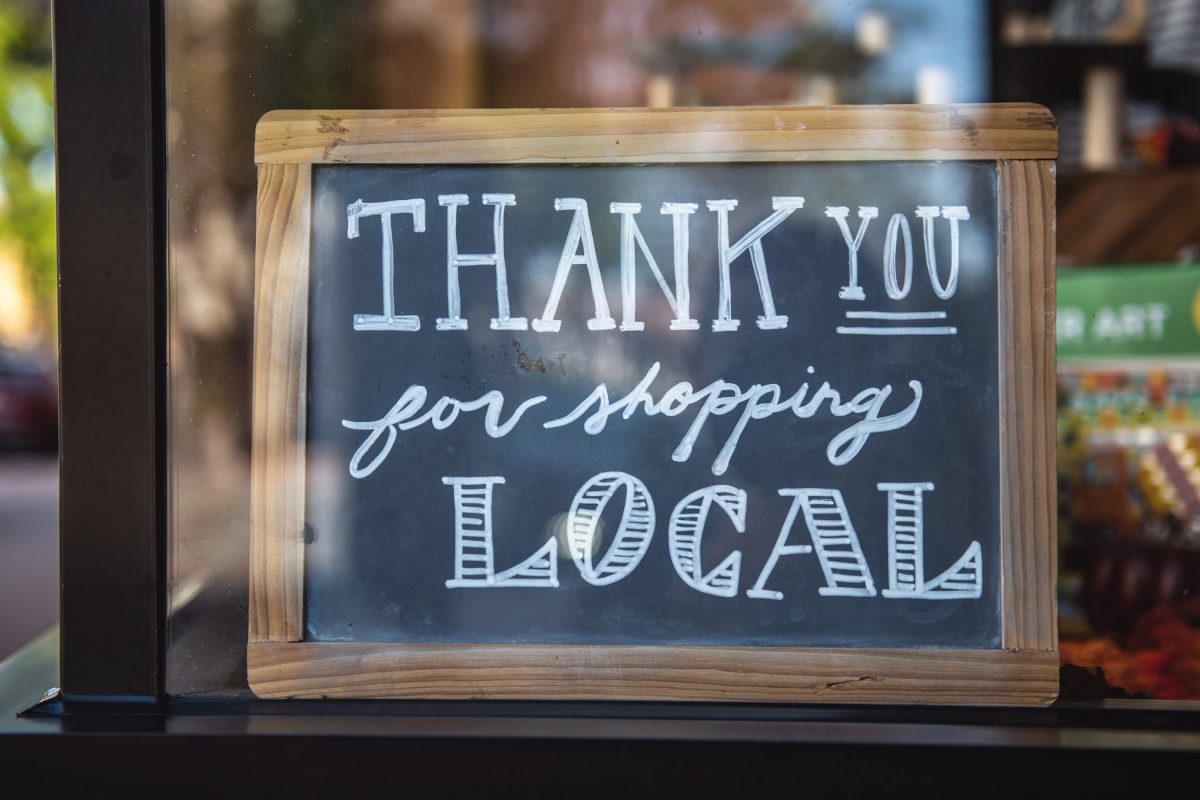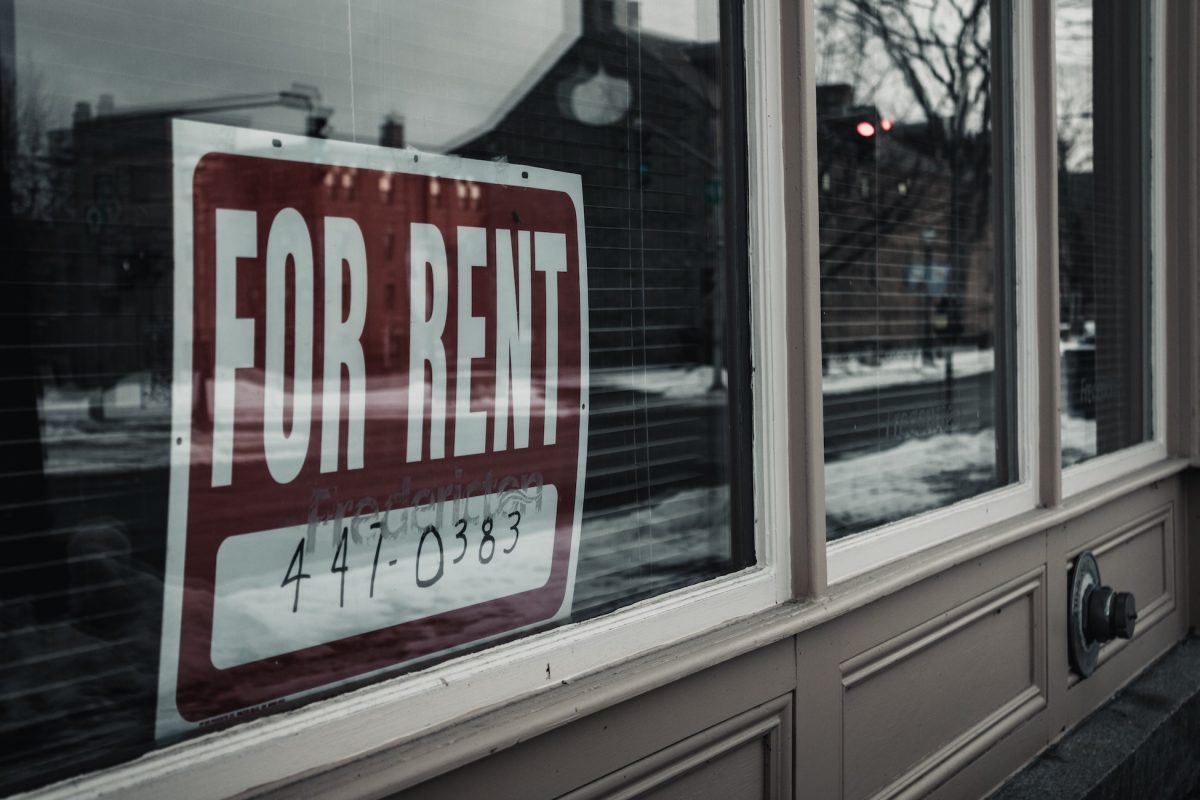So, you need some cash but your bank account is MIA, right? Welcome to the quirky, resourceful world of loans without a bank account, where your credit score isn’t the only ticket to financial freedom and your wallet doesn’t need to be swimming in checks and balances. Whether you’re rocking a minimalist lifestyle, caught in the unbanked scene, or simply choosing alternatives to traditional banking, this guide is your new BFF—packed with tips, tricks, and plenty of financial street smarts for millennials and Gen Z-ers alike.
Loans Without a Bank Account: Everything You Need to Know Table of Contents
What Are Loans Without a Bank Account?
The Unbanked World: Who Needs Loans Without a Bank Account?
How Do Loans Without a Bank Account Work?
The Perks of Going Unbanked: Benefits of Loans Without a Bank Account
Potential Pitfalls: The Cons of Loans Without a Bank Account
The Application Process: How to Get a Loan Without a Bank Account
Alternative Financing Options to Explore
Navigating the Risks: What to Watch Out For
Financial Wellness: Using Loans as a Stepping Stone
Tips for Success: Maximizing the Benefits of Your Loan
Regulations, Consumer Protections, and Legal Considerations
Resources and Community Support: Your Next Steps
Real Stories: Transformations Through Alternative Lending
Building a Future Beyond Traditional Banking
FAQs on Loans Without a Bank Account: Your Questions Answered
What Are Loans Without a Bank Account?
Imagine trying to buy concert tickets online without a bank account. Sounds like a nightmare, right? Now, flip that scenario on its head—loans without a bank account act like the hidden backstage pass to a world of financial assistance available to those who either prefer to keep bank business at arm’s length or simply can’t access it. This isn’t a shady underground lending cartel (although the idea might sound like it came from a high-budget heist movie). Instead, it refers to various loan products and financial services designed specifically for people without a traditional bank account.
Typically, lenders rely on bank accounts to verify income, process payments, and build a credit history. But what happens when you’re dodging those bank fees and never got around to opening an account? Enter loans without a bank account—alternative financing options that use other forms of identification, cash-based verification, or even mobile wallet integration to get you the funds you need.
Whether you’re facing an emergency, aiming to cover unexpected expenses, or just looking for a little extra cash injection without having to conform to conventional banking rules, these financial products offer a viable alternative. Spoiler alert: They’re often more accessible, but it’s crucial to understand the fine print before diving in.
The Unbanked World: Who Needs Loans Without a Bank Account?
Let’s get real: the world doesn’t revolve around bank accounts. In fact, a good chunk of us either choose to live without one or simply don’t have the traditional documentation needed to open an account. Students, freelancers, gig workers, immigrants, and even some small business owners might find themselves in this category. For many, avoiding banks is a personal statement—a rebellion against high fees, overbearing regulations, or simply the modern-day inconvenience of waiting in endless lines.
This isn’t just about playing devil’s advocate either. In many scenarios, borrowers without bank accounts face challenges when dealing with big financial institutions. Without an account, you might not have an official credit history or might need to explain the occasional “cash only” habit. That’s where non-traditional lenders come in, often using your employment history, utility bill payments, or even alternative data like smartphone usage patterns to assess your creditworthiness.
Whether you’re financially savvy or just conveniently outside the conventional financial system, loans without a bank account are leveling the playing field—helping those on society’s fringe integrate a bit more seamlessly into the modern economy.
How Do Loans Without a Bank Account Work?
At their core, loans without a bank account are similar to traditional loans but with a twist. Instead of relying on bank account details and credit card statements, these lenders use alternative means to verify your identity and evaluate your ability to repay. Let’s break down the mechanics:
Alternative Verification Methods
Instead of standard bank statements, lenders might require:
- Proof of Income: Pay stubs, tax returns, or even a letter from your employer can do the trick.
- Utility Bills: Regular payments on your phone, electricity, or internet bills can serve as evidence of financial responsibility.
- Mobile Wallets: Digital platforms such as PayPal, Cash App, or other fintech services sometimes double up as proof of financial activity.
These alternative methods can be surprisingly effective in gauging your creditworthiness, especially if you’ve got a solid track record with regular bill payments—even if you haven’t signed up for that old-school bank.
Types of Loans Available Without a Bank Account
The universe of loans without a bank account is as diverse as your favorite streaming service’s list of original series. Here are some options to consider:
- Payday Loans: Often controversial, these are short-term loans designed to help you make it to your next paycheck. They come with high interest rates, so tread carefully.
- Title Loans: If you own a vehicle, you can temporarily pledge your car title to secure a loan. While convenient, the risk to your prized ride is significant.
- Installment Loans: Much like a regular bank loan, these are repaid in fixed installments over a set period. They may be offered by alternative lenders who don’t require traditional going-through-a-bank verification.
- Online Lending Platforms: Fintech companies have entered the arena with innovative credit assessment tools that utilize data beyond your bank statements—sometimes even evaluating your social media presence or smartphone activity.
- Peer-to-Peer Loans: These loans come from individual investors rather than financial institutions. They can be arranged via online marketplaces, making them an attractive option if you’re navigating the unbanked world.
Each loan type has its pros and cons, but the common thread is that they’re built for ease, flexibility, and accessibility when conventional routes are blocked.
The Perks of Going Unbanked: Benefits of Loans Without a Bank Account
Before you start picturing yourself on the lam from a bank robbery gone wrong (don’t worry, we’re all about the fun vibes here), let’s highlight the real benefits of watering your financial garden with alternative loans:
- Accessibility: Without the hassle of maintaining a bank account, access to cash becomes a streamlined, sometimes even faster, process.
- Inclusivity: These loans are designed for people who might not have established a traditional credit history, making them a vital resource for students, freelancers, or recent immigrants.
- Flexibility: Alternative lenders often work around your financial habits rather than forcing you into a rigid mold. This is ideal if you’re living life on your own terms.
- Privacy: No bank account means fewer institutions peeking into your financial life—a perk if you’re a digital minimalist who values privacy.
The alternative lending landscape may seem a bit wild west at times, but its benefits are undeniable for anyone looking to sidestep traditional finance hurdles and still get the cash they need.
Potential Pitfalls: The Cons of Loans Without a Bank Account
Of course, as with any “too good to be true” scenario, there are challenges lurking behind the shiny appeal of no-bank-account loans. Here’s what you need to keep an eye on:
- Higher Interest Rates: Because of the increased risk that lenders take on, interest rates may be significantly higher than those offered by traditional banks.
- Shorter Repayment Terms: Many alternative loans are designed for quick turnarounds, meaning you might have a short window to repay or deal with steep fees.
- Limited Consumer Protections: Some unbanked loan products might not come with the same level of regulatory oversight, so it’s crucial to read the fine print.
- Risk of Debt Cycle: With payday and title loans, there’s always the risk of falling into a perpetual cycle of debt if you’re not careful with repayment.
- Reputation Concerns: Some lenders in the alternative space might have a less-than-stellar reputation. Do your research to find reputable ones who value transparency and customer support.
Being aware of these pitfalls means you can navigate the alternative loan world with your eyes wide open, armed with research and a healthy dose of skepticism.
The Application Process: How to Get a Loan Without a Bank Account
Ready to make it rain without needing that bank account? Here’s a step-by-step breakdown of how you can secure a loan in the unbanked realm:
Step 1: Know Your Financial Needs
Before applying for any loan, take a moment to assess how much money you need and what you’re willing or able to repay. Create a budget, list any potential sources of income, and do a little soul-searching about your financial habits. This will help you choose the right product for your lifestyle.
Step 2: Gather Alternative Documentation
Since you’re not using a bank account, you’ll need other forms of proof that you can pay back the loan. Collect any of the following if applicable:
- Recent pay stubs or proof of income from freelance gigs
- Utility bills or rent receipts demonstrating regular payment habits
- Identification documents such as a driver’s license, passport, or even a student ID
- Mobile wallet statements if you have consistent activity on platforms like PayPal, Venmo, or Cash App
This documentation acts as your financial résumé—proving that even without a bank account, you’re a reliable borrower.
Step 3: Shop Around for Lenders
Just as you wouldn’t settle for the first dating app match, don’t settle for the first lender you find. Research reputable online lenders, peer-to-peer platforms, and fintech companies that specialize in serving the unbanked. Check out reviews, ask around in online communities, and don’t be afraid to reach out with questions.
Step 4: Understand the Terms and Fees
Before you commit, ensure you fully understand the interest rates, repayment schedules, late fees, and any hidden charges. Ask plenty of questions—this is your money, after all, and you deserve to know exactly what you’re signing up for.
Step 5: Complete the Application
Now that you’re well-prepared, follow the lender’s application process—usually completed online in a matter of minutes. Fill in your details, submit your alternative documentation, and await their decision. Many of these platforms offer rapid approval, sometimes within a matter of hours.
Step 6: Use the Funds Responsibly
Once you’re approved, it’s time to manage your funds wisely. Whether the money is for an emergency, a big purchase, or paying down higher-interest debt, plan your budget carefully to avoid spiraling into more debt than you can handle.
Alternative Financing Options to Explore
While loans without a bank account can be a lifesaver, there are several alternative avenues you might explore if you’re unbanked or just looking for creative financial solutions:
Credit Unions and Community Banks
Although they might still require a bank account, many credit unions and community banks are more flexible and may offer products tailored for the unbanked. With a community focus, these institutions often look beyond the typical credit history to assess your financial reliability.
Buy-Now-Pay-Later (BNPL) Services
Ever tried online shopping with “Pay Later” options? BNPL services have exploded in popularity, offering interest-free installments on purchases. While primarily used for retail purchases, some services also cater to other financial needs. Just remember, while spending in installments sounds exciting, handle it responsibly—or you might end up with more than you bargained for.
Peer-to-Peer (P2P) Lending
Peer-to-peer lending platforms connect you directly with investors who are willing to lend money based on your personal reputation and alternative credit signals. It’s a more personalized form of financing that often sidesteps traditional banking red tape.
Fintech Advances and Mobile Lending Apps
Technology is revolutionizing the lending space by using algorithms that evaluate non-traditional data—social media profiles, online transaction histories, and even smartphone usage patterns. These mobile lending apps offer a digital-first approach to accessing funds without dealing with outdated banking bureaucracy.
While these alternatives can sometimes overlap with the traditional loans we discussed, they emphasize a modern, tech-savvy approach that resonates with today’s digital natives.
Navigating the Risks: What to Watch Out For
As with any financial decision, knowledge is power. When it comes to loans without a bank account, being aware of potential risks can save you from unwanted financial surprises:
- High Costs: The convenience of an alternative loan may come at a premium. Carefully compare interest rates and the total cost of borrowing.
- Predatory Lenders: Some lenders prey on those with limited options. Avoid lenders with opaque terms, aggressive marketing practices, or a history of customer complaints.
- Short Repayment Windows: Quick-turnaround loans may trigger financial stress if your cash flow is unpredictable. Plan ahead and ensure you can make payments on time.
- Impact on Credit: Although many alternative loans don’t use traditional credit reporting, missing payments can sometimes affect your credit if the lender reports to credit bureaus. Know the rules before you sign up.
- Legal and Regulatory Issues: The unbanked lending space may not have as robust consumer protections as the mainstream banking world. Familiarize yourself with your rights and any applicable state or federal regulations.
The key here is balance—enjoy the flexibility and convenience of alternative loans while keeping a vigilant eye on potential downsides. Knowledge, caution, and a touch of financial savvy ensure these loans work for you without leading to unexpected headaches.
Financial Wellness: Using Loans as a Stepping Stone
Money isn’t everything—but let’s face it, without a little cash flow, you might find yourself unable to move forward on your personal or professional dreams. Loans without a bank account can serve as a valuable stepping stone toward financial stability. They can bridge a gap during times of emergency or help you seize an opportunity without the barriers of traditional banking.
However, it’s important to remember that any loan is a tool, not a life plan. Use the funds to invest in yourself, whether that’s pursuing education, consolidating high-interest debts, or kickstarting a small business. Make sure to treat the loan as a temporary boost—and always have a plan for long-term financial health.
Financial wellness is about making informed choices and managing your resources effectively. By tapping into the unbanked lending options, you’re taking control of your financial narrative—one repayment, one budgeting win at a time.
Tips for Success: Maximizing the Benefits of Your Loan
Now that you’re considering the exciting possibility of a no-bank-account loan, here are some tips to ensure you come out on top:
- Do Your Homework: Research all available lenders, read customer reviews, and compare terms side by side.
- Stick to a Budget: Know exactly how much you need, and plan your repayment strategy accordingly.
- Keep an Emergency Fund: Loans should supplement your finances, not replace well-planned savings. Build a backup fund even as you repay your borrowed amount.
- Leverage Alternative Data: If you’re using non-traditional proof of income, make sure your documentation is thorough, up-to-date, and well-organized.
- Communicate with Your Lender: If you encounter any challenges, don’t hesitate to reach out. Good communication can sometimes lead to more flexible repayment terms or helpful advice.
- Educate Yourself: Knowledge about your rights and the details in your contract helps you avoid traps and ensures you’re not caught off guard by any hidden fees.
By applying these tips, you’ll not only secure a loan but also come away with greater confidence in managing your personal finances in the ever-evolving financial landscape.
Regulations, Consumer Protections, and Legal Considerations
Let’s get a bit serious for a minute. Though the appeal of loans without a bank account is their accessibility, regulatory oversight can be a mixed bag. Consumer protections in the alternative lending space are often not as robust as those offered by traditional banks. Understanding your legal rights can help safeguard you against unfair practices.
Start by researching state-specific regulations regarding alternative loans. Some states impose limits on interest rates and fees, while others leave more wiggle room for lenders. Look for lenders who clearly state their policies on late payments, fees, and dispute resolution.
It’s also worth noting that many alternative lenders are under the scrutiny of consumer protection agencies. Stay informed and, if something seems off, don’t hesitate to report any questionable practices to your local regulatory body.
Taking the extra step to understand your rights not only protects your wallet but also empowers you to make more informed financial decisions in the future.
Resources and Community Support: Your Next Steps
Financial empowerment isn’t a solo journey—especially when it comes to navigating unconventional financial products. Whether you’re a freelancer, college student, or simply curious about alternative lending, there are communities, tools, and resources ready to back you up.
Check out online forums, social media groups, and platforms like Reddit or Facebook where people share their experiences with loans without a bank account. Trusted personal finance blogs and websites often provide up-to-date reviews of lenders and comparisons of loan products tailored for the unbanked.
If you’re ready to take the leap, consider reaching out to a financial advisor experienced in alternative lending options. They can offer personalized advice tailored to your unique financial situation—helping you choose the best option, negotiate fair terms, and establish a repayment plan that won’t cramp your style.
And remember, with every step toward financial independence, you’re not just securing funds; you’re building a community of like-minded individuals who value transparency, empowerment, and smart money management.
Real Stories: Transformations Through Alternative Lending
Sometimes, the stats and terms can feel a bit abstract, but nothing beats real-life stories for illustrating the power of alternative loans. Consider these scenarios:
The Freelancer’s Rescue
Taylor, a freelance graphic designer with irregular income streams, struggled for years with the rigid requirements of traditional banks. When an urgent software upgrade threatened to derail an important project, Taylor turned to a reputable online lender specializing in loans without a bank account. Using pay stubs, past client payment records, and digital wallet statements, Taylor secured a modest loan within a day. This timely injection allowed Taylor to upgrade their gear, complete the project successfully, and even expand their client base—all without ever opening a conventional bank account.
The Immigrant’s Financial Bridge
Maria, a recent immigrant, had trouble opening a bank account due to a lack of traditional documentation. When a short-term emergency arose, she discovered a peer-to-peer lending platform that offered loans based on her steady utility bill payments and consistent work history. Maria’s experience underscores the transformative potential of alternative lending—a lifeline that provided both immediate relief and long-term financial opportunities.
The Student’s Smart Move
Jordan, a college student managing finances through part-time gigs and scholarships, never saw a bank account as their best friend. When unexpected tuition fees rolled in, Jordan accessed an installment loan from a fintech platform that didn’t require traditional documentation. With structured repayments built into a flexible schedule, Jordan navigated the semester stress-free and focused on acing exams instead of worrying about hidden fees.
These stories exemplify that with the right tools and knowledge, alternative loans can become a bridge to financial stability, creativity, and opportunity.
Building a Future Beyond Traditional Banking
The financial ecosystem is evolving at a breakneck speed, and the traditional bank account isn’t the only player on the field anymore. With the rise of mobile wallets, fintech innovations, and peer-to-peer lending, you’re witnessing a dramatic shift in how people manage money.
Loans without a bank account aren’t just temporary fixes—they’re part of a broader movement toward financial inclusivity and adaptability. By leveraging these options, you’re not only addressing an immediate need; you’re also aligning yourself with a modern financial ethos that values flexibility, practicality, and independent thinking.
As you explore your options, let this guide serve as both a how-to manual and a reminder that financial empowerment comes from understanding your choices and using them wisely. The freedom to borrow without a bank account can mark the beginning of a more diverse, dynamic, and resilient financial future.
FAQs on Loans Without a Bank Account: Your Questions Answered
We know you might have a ton of questions swirling in your head like confetti at a festival. Here are some answers to frequently asked questions about loans without a bank account:
1. Can I really get a loan without a bank account?
Yes! Many alternative lenders, including fintech companies and peer-to-peer platforms, offer loans that don’t require a traditional bank account. They use alternative documentation and verification methods to determine your creditworthiness.
2. What documents do I need to apply?
Typically, you’ll need proof of income (like pay stubs or freelance invoices), utility bills or rent receipts, valid identification (driver’s license, passport, etc.), and sometimes evidence of digital payment activity from mobile wallets.
3. Are loans without a bank account more expensive than traditional loans?
Often, alternative loans can have higher interest rates and fees due to the increased risk to lenders. Always compare rates and terms before committing.
4. What are the risks associated with payday or title loans?
Payday and title loans typically come with very short repayment periods and high interest rates. If not managed carefully, they can lead to a cycle of debt.
5. How do lenders verify my creditworthiness?
Instead of relying on bank account data, lenders assess your stability using pay stubs, utility bill payments, employment history, and sometimes digital footprints from mobile wallets.
6. Can I build credit with these types of loans?
Some alternative lenders report your repayment behavior to credit bureaus, which can help build or improve your credit history over time.
7. Are there any consumer protections?
Consumer protections vary by state and lender. Be sure to read the contract attentively and research the lender’s reputation before applying.
8. Is it safe to share my personal financial information with these lenders?
Reputable online and alternative lenders use robust security measures to protect your information. Always verify that the platform is secure and check reviews from previous customers.
9. What happens if I can’t repay my loan on time?
Missing repayments can attract high fees, affect any credit reports if applicable, and in extreme cases, lead to legal measures. It’s crucial to have a solid repayment plan before borrowing.
10. How do I choose the right lender for my needs?
Do your research—compare interest rates, fees, customer reviews, and transparency in terms, and make sure you understand the repayment schedule. Look for lenders with a solid track record and strong customer support.
Embracing Financial Freedom on Your Own Terms
At the end of the day, loans without a bank account open up a realm of financial opportunity for those who refuse to be confined by traditional banking. They offer a chance to invest in your dreams, handle emergencies, and pursue financial independence—without the prerequisites and red tape of conventional institutions.
Embracing these alternative options means redefining how you manage your money and challenging the status quo. With a keen understanding of the process, a healthy dose of skepticism, and a commitment to using funds responsibly, you’re not just borrowing money—you’re taking charge of your financial future.
So, whether you’re a digital nomad, a creative freelancer, or just someone who finds the idea of a bank’s constraints a bit too old-school, remember that the power to achieve financial well-being lies in your hands. Arm yourself with knowledge, trust in your ability to make smart decisions, and step boldly into a future where you call the shots.
Here’s to reimagining finance, one unconventional loan at a time—cheers to your financial freedom!













